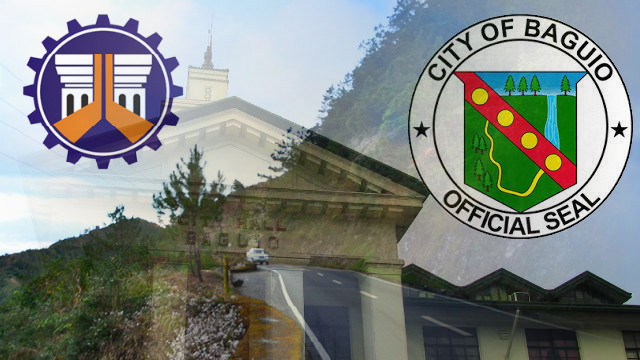BAGUIO CITY – United States Ambassador to the Philippines Philip S. Goldberg and embattled Vice President Jejomar C. Binay, Sr. will be the Summer Capital’s premier guests during the major highlights of the 20th edition of the Panagbenga or Baguio Flower Festival for the dynamic grand street dancing parade on Saturday, February 28, and the colorful and flower-inspired grand float parade on March 1.
Goldberg and Binay will be part of the millions of foreign and domestic visitors who are scheduled to flock to the city during the weekend to witness the sterling and dynamic performances of the participants to the grand street dancing parade and the well-decorated floats parading along a 5 to 7-kilometer parade route from the Park at Upper Session Road up to the Baguio Athletic Bowl.
Carmencita Zuniega, a member of the Baguio Cultural Society (BCS), said spectators along the parade route will be able to witness the different performances of the participating street dancers and the beauty of the floats during the highlights of the festival considering that the street dancers will be simultaneously performing in the nine identified stops of the parade.
“Everyone will have the chance to visibly watch the dynamism of the street dancers and the beautifully decorated floats at their respective vantage points along the parade route up to the Baguio Athletic Bowl where there will be field demonstrations of the street dancers while the floats will be left there for display until the closing rites on March 8,” Zuniega stressed.
Nine elementary contingents, four secondary delegations and three open category contestants will be thrilling the public with their own choice of cultural performances during the grand street dancing parade on Saturday.
On March 1, sixteen floats will be parading down Session Road up to the Baguio Athletic Bowl in order to wow the public with their innovations and creativity in making their respective floats draw the interest of the public.
Zuniega disclosed the identified stops of the lead band, the Philippine Military Academy (PMA) contingent, include the Quezon Elementary School along Upper Session road; the Post Office Rotunda along Session road; the junction of Assumption Road and Session Road; the foot of Session Road and its junction with Magsaysay Avenue; the Baguio Center Mall area; the junction of Abanao Street, Harrison Road and Chanum St.; in front of the Melvin Jones grandstand along Harrison road and the Burnham Park area prior to its entrance with the Athletic Bowl.
According to her, the PMA will dictate the tempo of the parade and when the contingent stops and performs in the designated spots, the competing contingents will perform wherever they are in order to entertain the viewing public.
Anthony de Leon, President of the Hotels and Restaurants Association of Baguio (HRAB), said the 200-member organization and the 700-member transient houses are now fully booked for the weekend which indicates that last-minute visitors will have a difficult time locating their temporary lodging houses when they intend to witness the highlights of the Flower Festival.
After the grand float parade on Sunday, Session Road, the city’s main thoroughfare will be closed to vehicular traffic from March 2 to 8 to pave the way for the conversion of the road into a virtual promenade area and the establishment of sidewalk cafes as well as the put up of booths that will display flower-inspired products from the different parts of the region.
Mayor Mauricio G. Domogan said the fully booked hotels and the continuous inquiries on the availability of lodging houses by last-minute visitors clearly indicates that the Summer Capital is still a preferred tourist destination in the country.
Domogan cited the city government is ready to accommodate the influx of visitors for the Flower Festival in order to make them feel their importance as contributors to the growth of the local tourism industry.
He said the successful conduct of the flower festival is a clear indication of the harmonious working relationship between the government and the private sectors in the city.
By Dexter A. See














